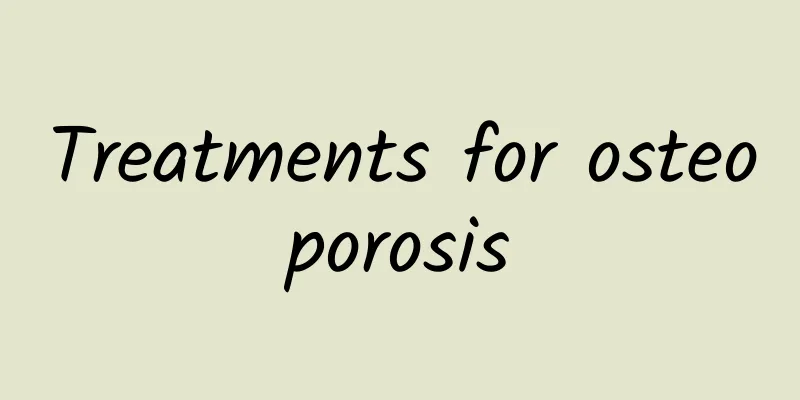What are the symptoms of potassium deficiency in women?

|
Potassium is an essential trace element for the human body. If our body lacks potassium, it will often lead to certain symptoms and induce the occurrence of diseases. The same is true for women. It often causes hypokalemia, which can cause serious heart problems and serious problems with nerves, muscles and other organs. It often causes abdominal distension and palpitations, and in severe cases it can cause flaccid paralysis and decreased respiratory function. Symptoms of potassium deficiency in women Blood potassium is a very important ion in the human body. Hypokalemia can affect the excitability and conductivity of the heart, as well as multiple organs such as nerves and muscles. Mild hypokalemia generally does not cause any discomfort, but obvious hypokalemia can cause arrhythmia, weakness, abdominal distension, palpitations and other symptoms, as well as decreased muscle strength and tone. Severe cases can cause flaccid paralysis or decreased respiratory function. Analysis of the causes of potassium deficiency in women 1. Excessive excretion of potassium from the kidneys, such as the use of diuretics such as furosemide and uric acid, potassium loss due to renal tubular disease, and excessive mineralocorticoids, which can cause continued potassium loss even when blood potassium is not high. 2. Long-term fasting or insufficient food intake, or insufficient potassium salt supplementation in fluid replacement. 3. Caused by excessive potassium excretion due to massive vomiting, diarrhea and long-term use of diuretics such as furosemide. 4. Metabolic acidosis, treatment with glucose and insulin or cellular water and nutrient intake, can cause potassium to enter the cells from the extracellular fluid. What foods are good for women who are deficient in potassium? 1. Kelp and seaweed Studies have found that almost all seafood is rich in potassium, among which kelp is one of the richest in potassium. Kelp tastes salty and is cold in nature. Regular consumption can help reduce inflammation, relieve asthma, and detoxify. People with asthma, inflammation and other symptoms can eat more kelp to prevent and treat these diseases. 2. Edamame The potassium content in edamame is very high. Eating edamame can help replenish the potassium lost due to excessive sweating and relieve fatigue, weakness, decreased appetite and other phenomena caused by potassium loss. 3. Mung Beans Mung beans are also rich in potassium. Regular consumption can prevent and treat problems such as itchy skin and acne. Potassium can also neutralize some toxic substances in the body and play a role in preventing and treating skin diseases. 4. Potato foods Among potato foods, taro and potatoes contain the most potassium. The potassium content of taro is about 50% more than that of bananas. Eating potatoes, which have the same starch content as a bowl of rice, can increase the potassium intake by 10 times. 5. Tofu skin Tofu skin is also a food rich in potassium. The potassium content in every 100 grams of tofu skin is as high as 877 mg. In addition to potassium, tofu skin also contains a large amount of amino acids and protein. Children who often eat tofu skin can help improve their immunity and promote physical and brain development. |
<<: What are the symptoms of cerebral palsy caused by jaundice?
>>: What are the symptoms of spleen meridian obstruction?
Recommend
What are the causes of megaloblastic anemia?
Megaloblastic anemia, also known as macrocytic an...
Advanced lymphoma
Speaking of lymph, I believe many people have had...
Can the frenulum be cut?
Diseases often occur in the male reproductive are...
What to do if you can't sleep due to internal heat? You can eat these to reduce internal heat and help you sleep
Getting a fever is a very common symptom. After g...
The efficacy of soaking water with astragalus and chrysanthemum
Scutellaria baicalensis can be used to make tea w...
Foods that clear heat and moisten the lungs, these three are the most effective
In daily life, when people choose foods that have...
What causes peeling on children's hands?
There are many reasons for the peeling of childre...
What to do if you have a ganglion cyst on the back of your hand
No matter where the ganglion cyst appears, the tr...
Thyroid blood test indicators
Many people have done thyroid blood tests on a re...
How long can you live with purpura nephritis?
Purpura nephritis is also called allergic purpura...
Early symptoms of cholecystitis
Due to various reasons such as work pressure, die...
How long does it take for Chinese medicine to take effect?
Kidney deficiency or insufficient kidney function...
What is the difference between cataract lens treatments?
Cataract lenses are actually artificial lenses us...
How to get your period early? These methods can help you get your period early
Menstruation is every woman’s good friend. Genera...
What is the authentic way to cook braised pork bones?
Many people like to eat pork and ribs. Braised po...









